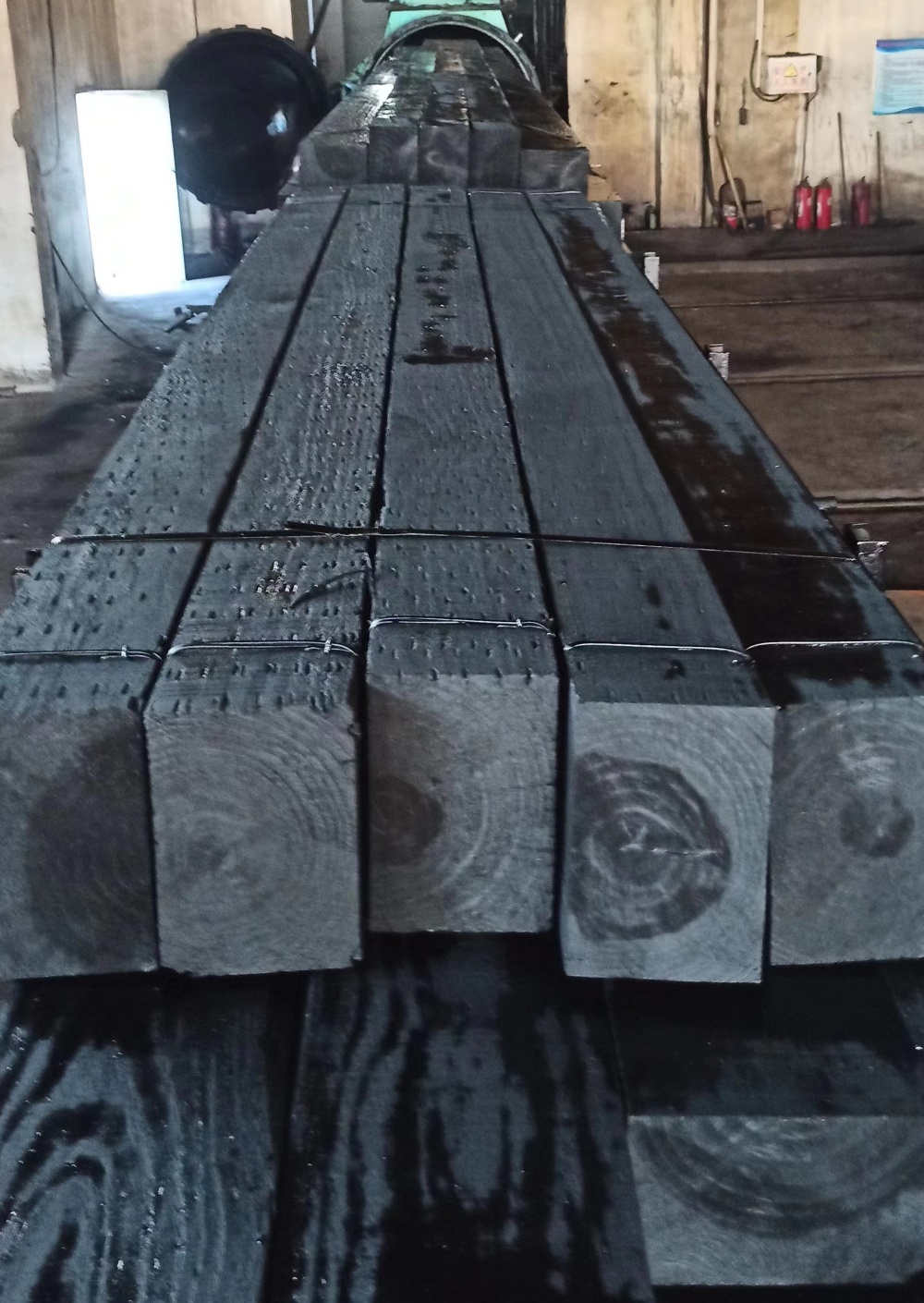Turnout sleepers, as an important component of railway turnouts, bear the heavy pressure of trains and need to have high wear resistance, pressure resistance, corrosion resistance and other properties. At present, the common materials for turnout sleepers mainly include concrete, plastic, and wood. So, which material is more suitable for making turnout sleepers? Let's take a look at the characteristics of various materials and their applications in the production of turnout sleepers.
Concrete is what we often refer to as cement. As a common building material, cement has good compressive and wear resistance, and its price is relatively low. Therefore, turnout sleepers made of concrete have good load-bearing capacity and durability, which can meet the usage needs of railway turnouts. In addition, cement turnout sleepers have a significant advantage, which is their good fire resistance, which can effectively prevent safety accidents caused by fires. However, the disadvantages of cement turnout sleepers are also very obvious, mainly manifested in causing certain environmental pollution during production and installation. At the same time, after a long service life, surface damage, cracking, and other situations may occur, requiring timely replacement and maintenance.
When it comes to plastic, our first reaction may be "can it withstand the weight of a train?". In fact, plastic sleepers made through special techniques, also known as polyethylene sleepers, are hard and wear-resistant enough, and have a certain degree of toughness, which can be competent for the work of railway turnout sleepers. However, its cost is relatively higher and its cost-effectiveness is relatively lower, so plastic sleepers are not commonly used.
In many people's childhood, they may have experienced playing on the railway. At that time, we may not have noticed the black sleepers laid under the railway tracks. These black sleepers are made from wood that has undergone special anti-corrosion treatment, commonly known as "anti-corrosion sleepers", "oil immersed sleepers", and "oil injected sleepers".

Wood, as a traditional and renewable material, also plays an important role in the production of turnout sleepers. After anti-corrosion treatment, wooden turnout sleepers have excellent anti-corrosion performance and can effectively extend the service life of turnout sleepers. At the same time, anti-corrosion sleepers for railway turnouts have good compression resistance, wear resistance, and insulation performance, making them suitable for use in railway turnouts. In addition, anti-corrosion sleepers for turnouts have a clear advantage, which is easy processing, low cost, and easy replacement and maintenance.
In summary, the advantages of using concrete, plastic, and wood as anti-corrosion sleepers for turnout are very obvious when making turnout sleepers. It not only has good wear resistance, pressure resistance, and corrosion resistance, but also is easy to maintain and cost-effective. Therefore, when choosing turnout sleeper materials, wood is a good choice. Of course, based on the specific situation, we can comprehensively consider the characteristics of various materials and choose the most suitable material to make turnout sleepers, to ensure the safety and smoothness of railway transportation.